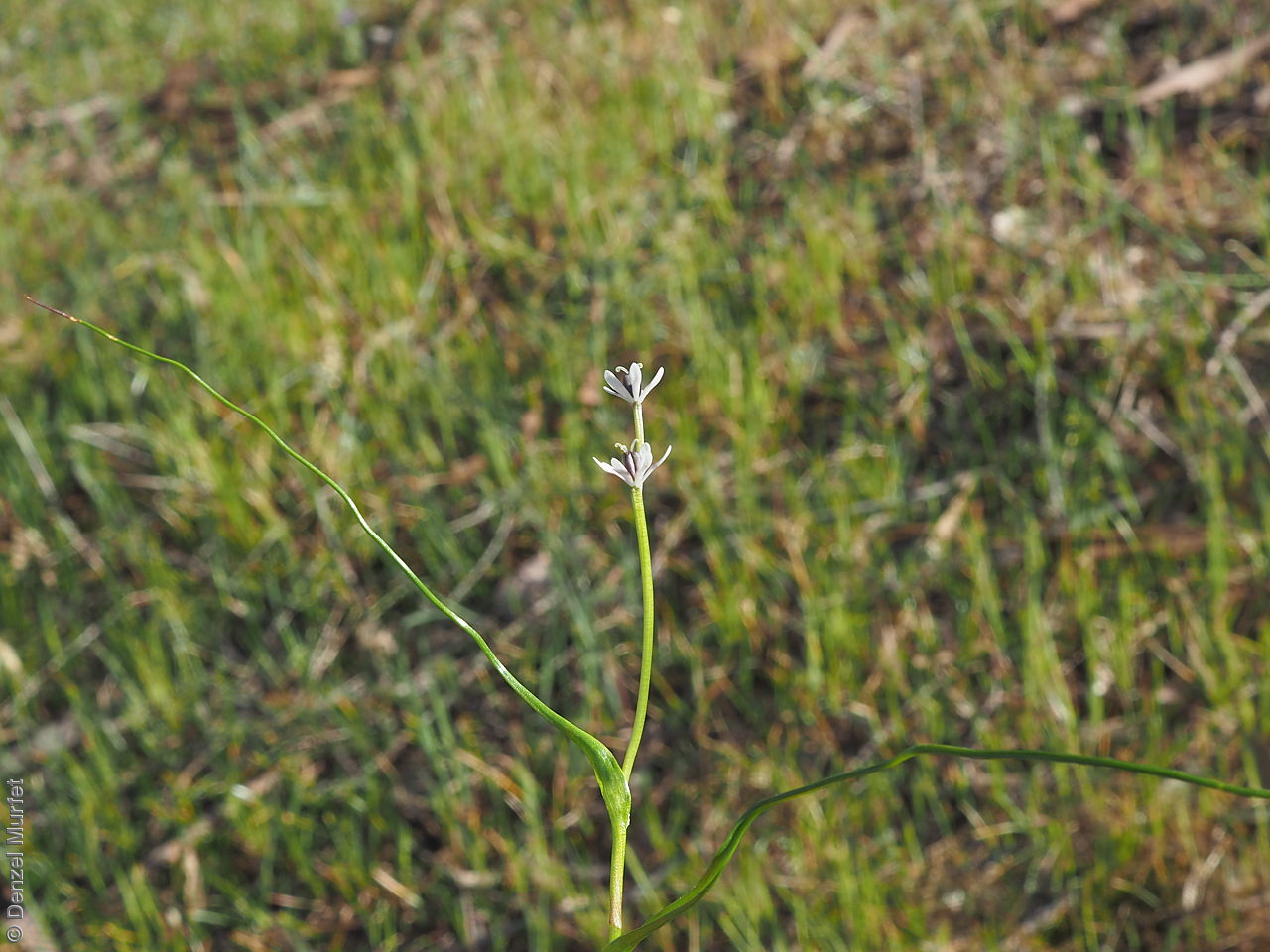
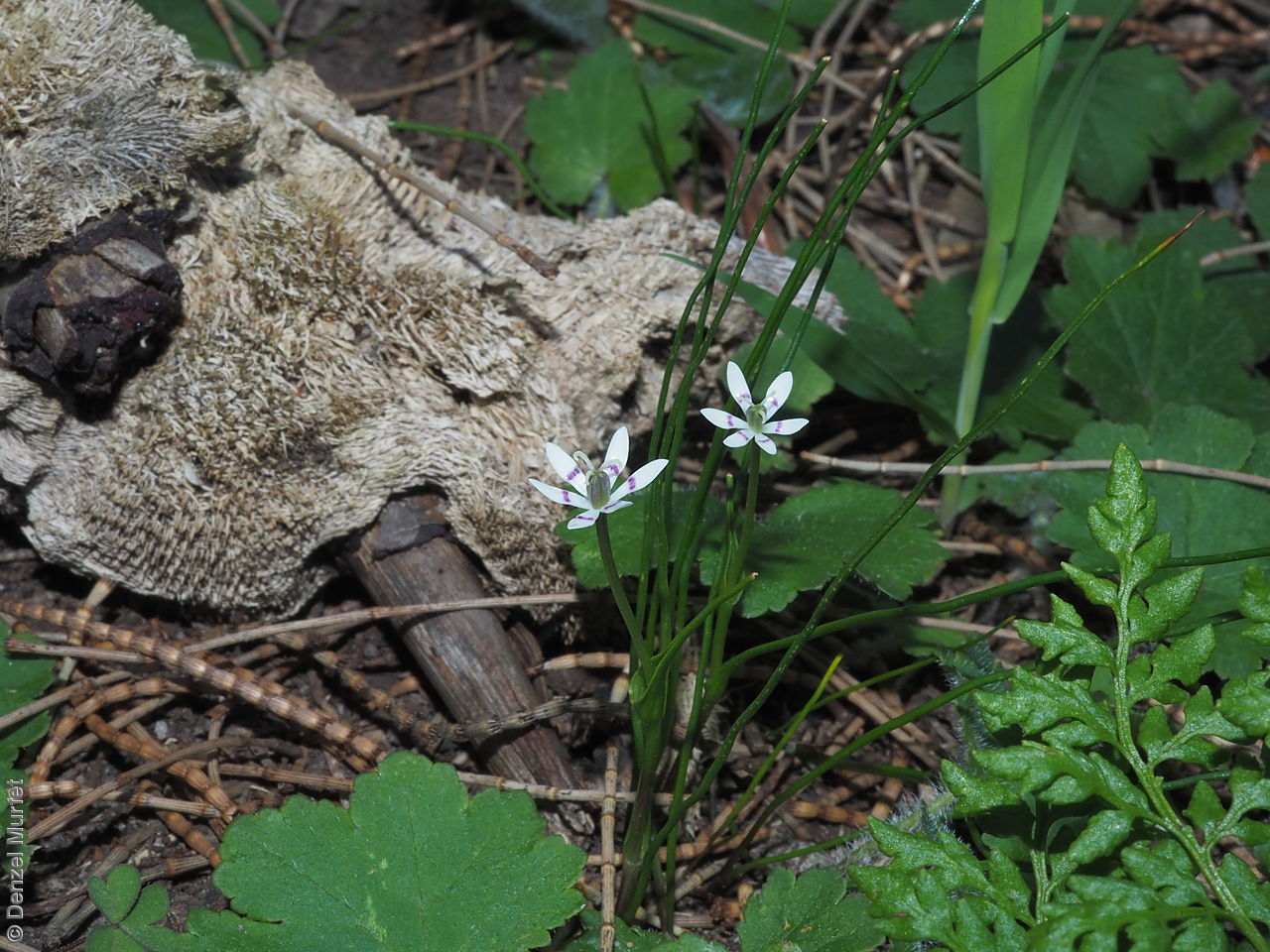
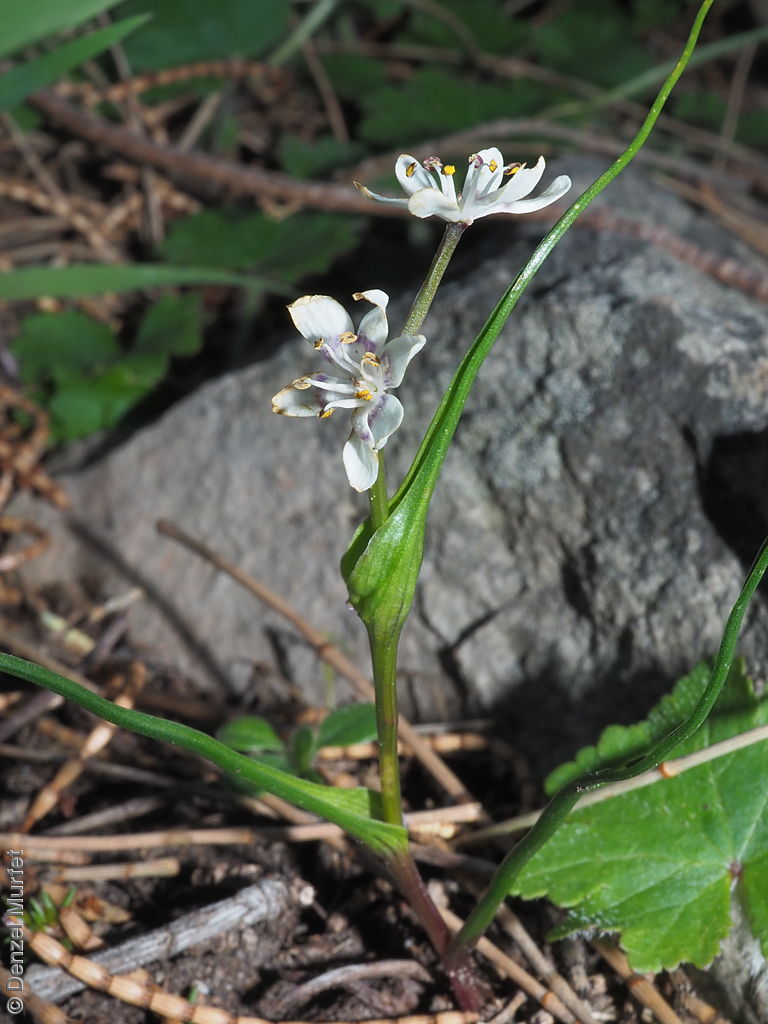
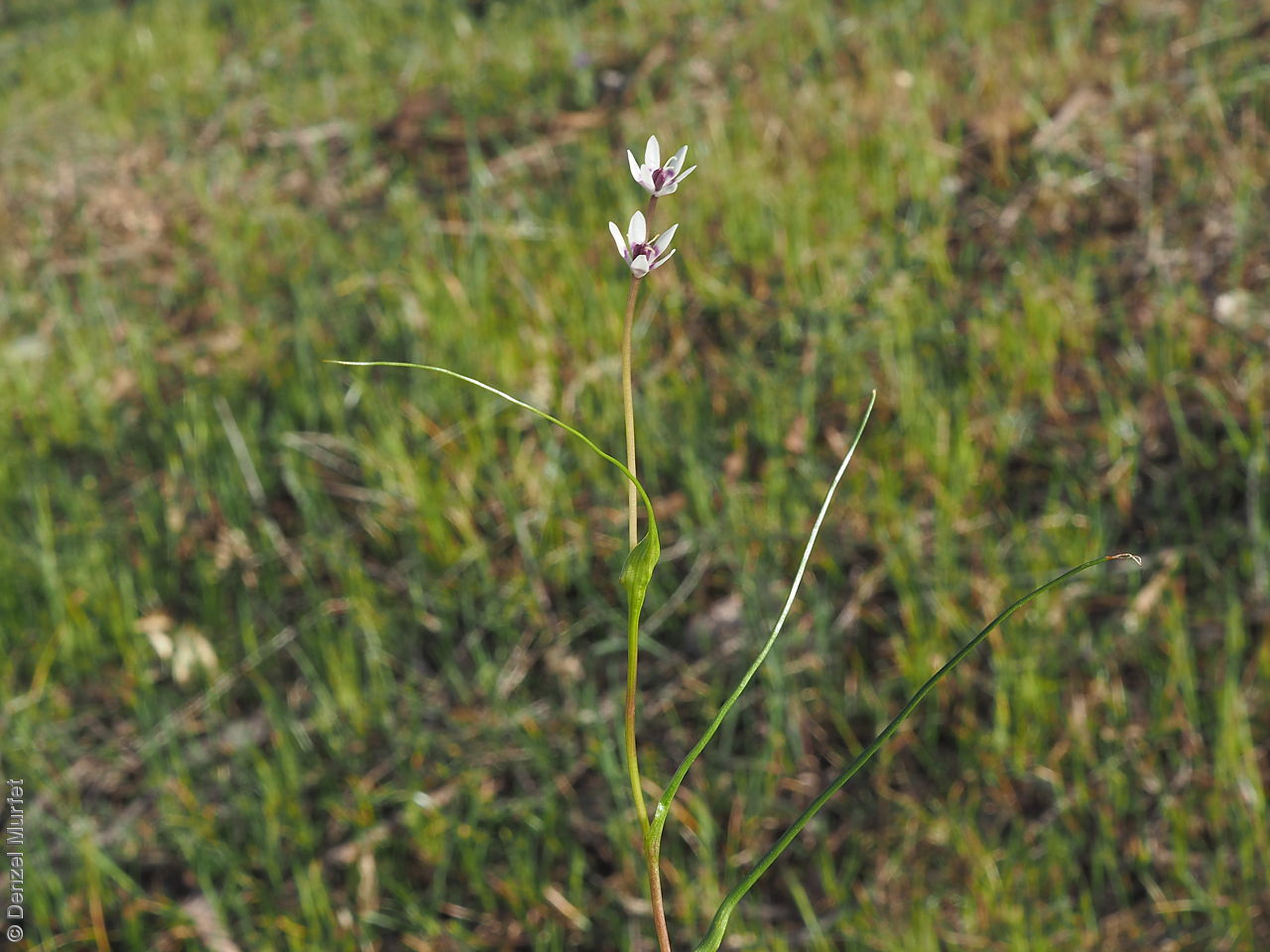
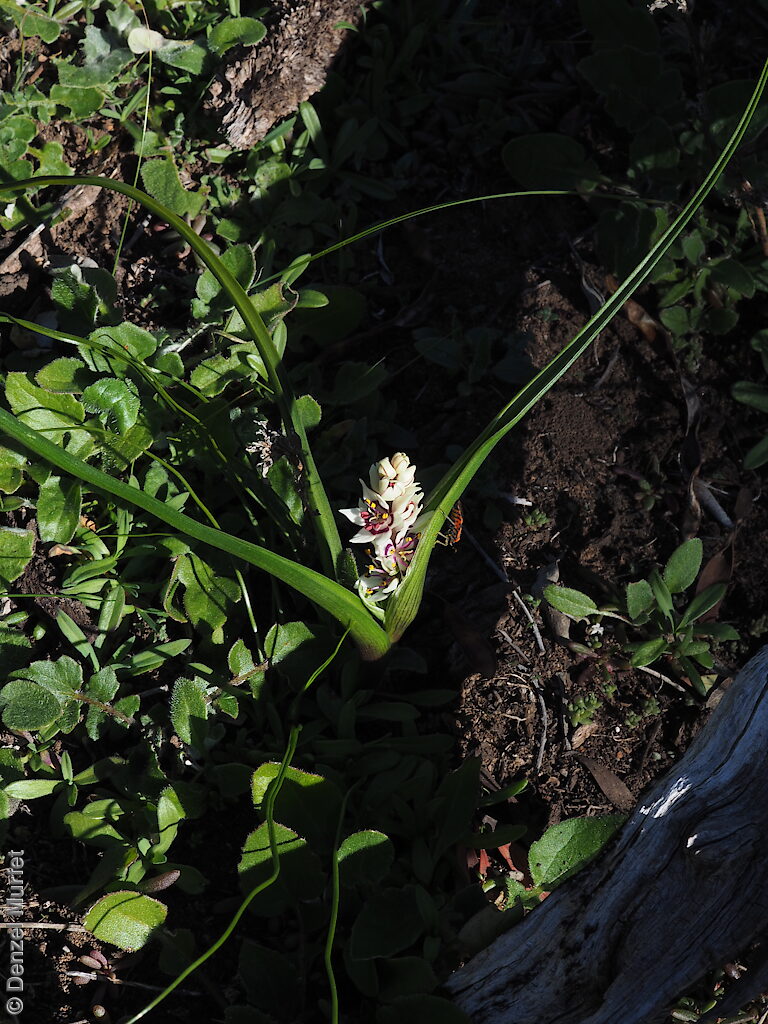
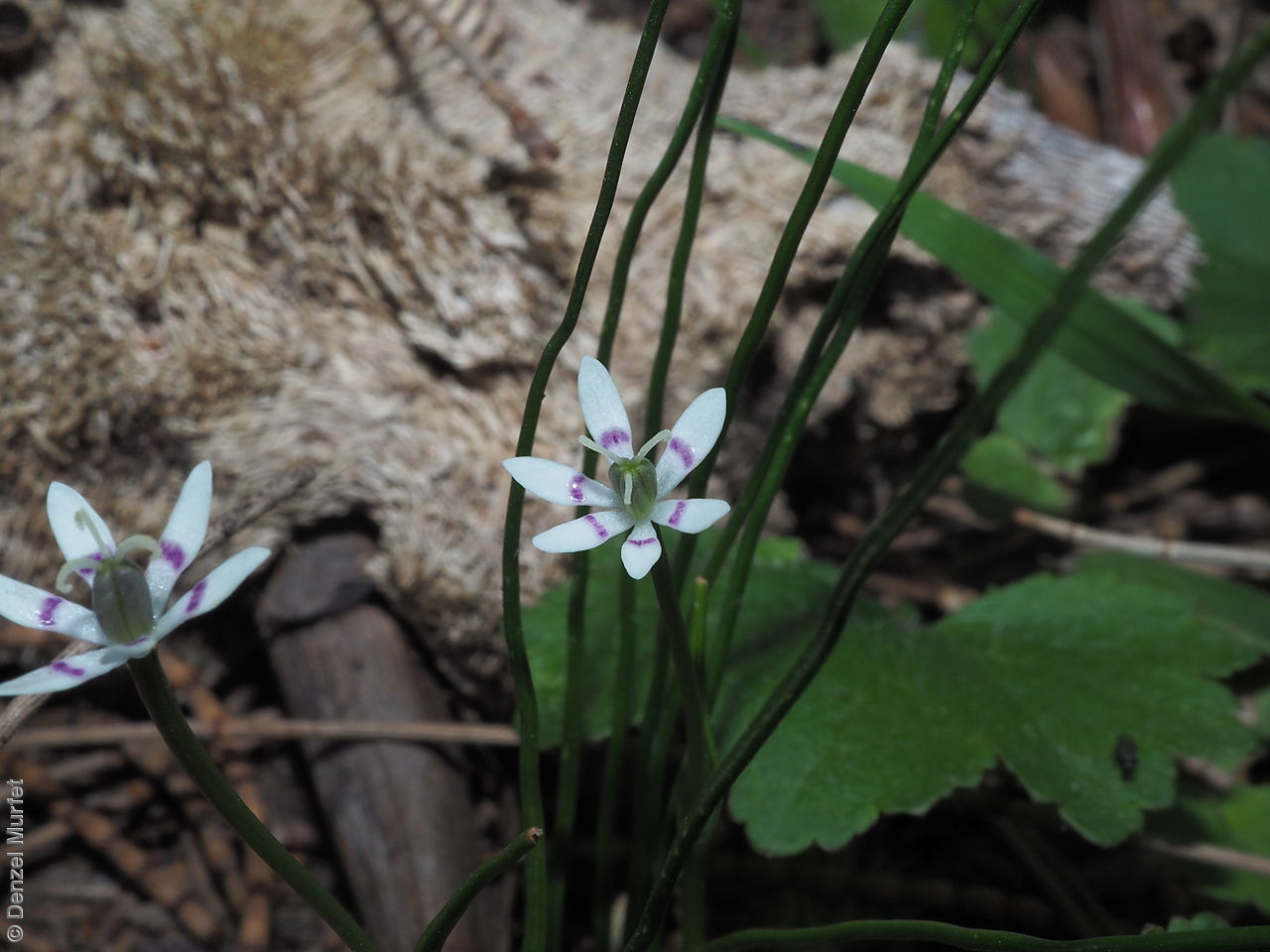
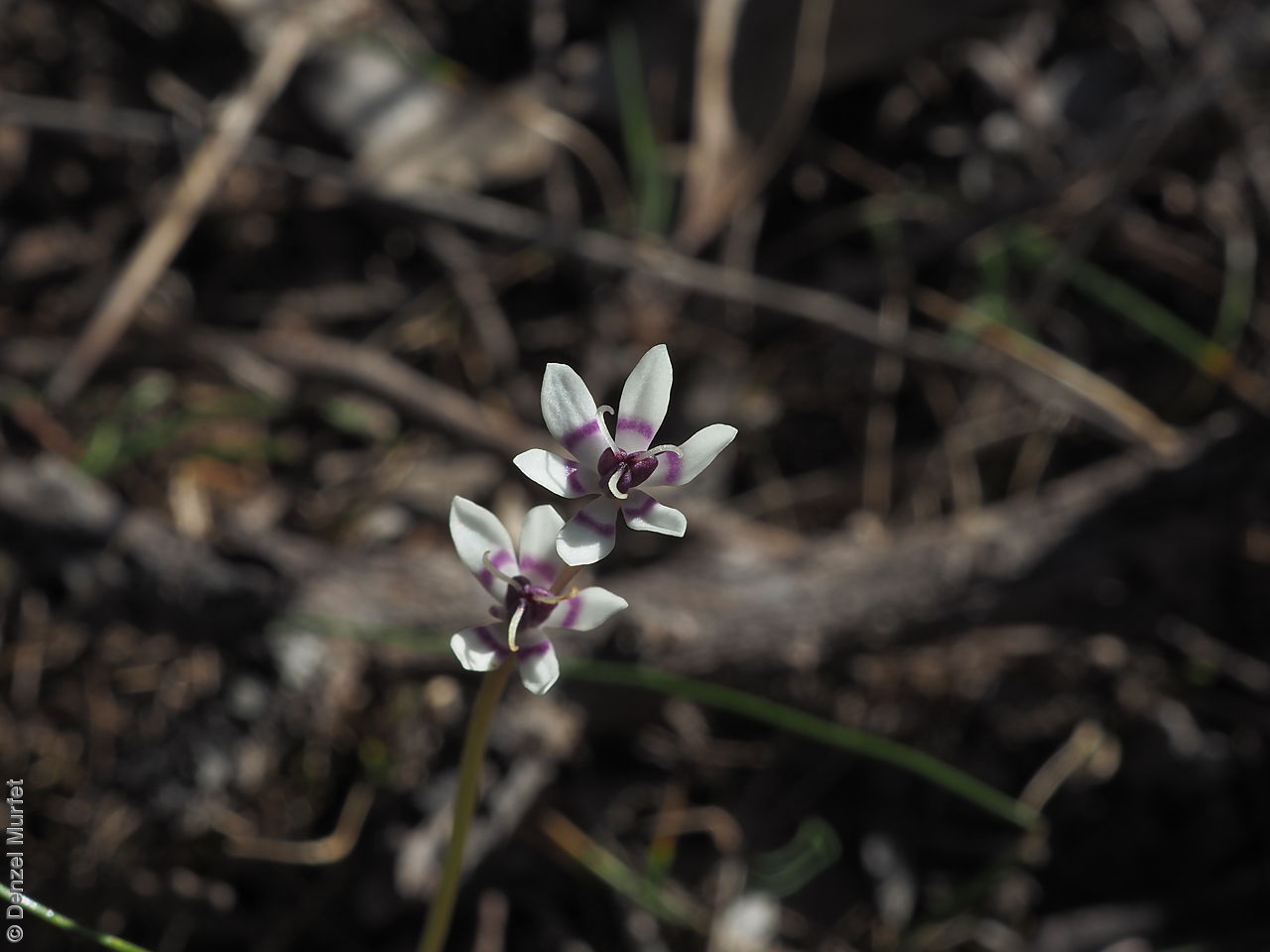
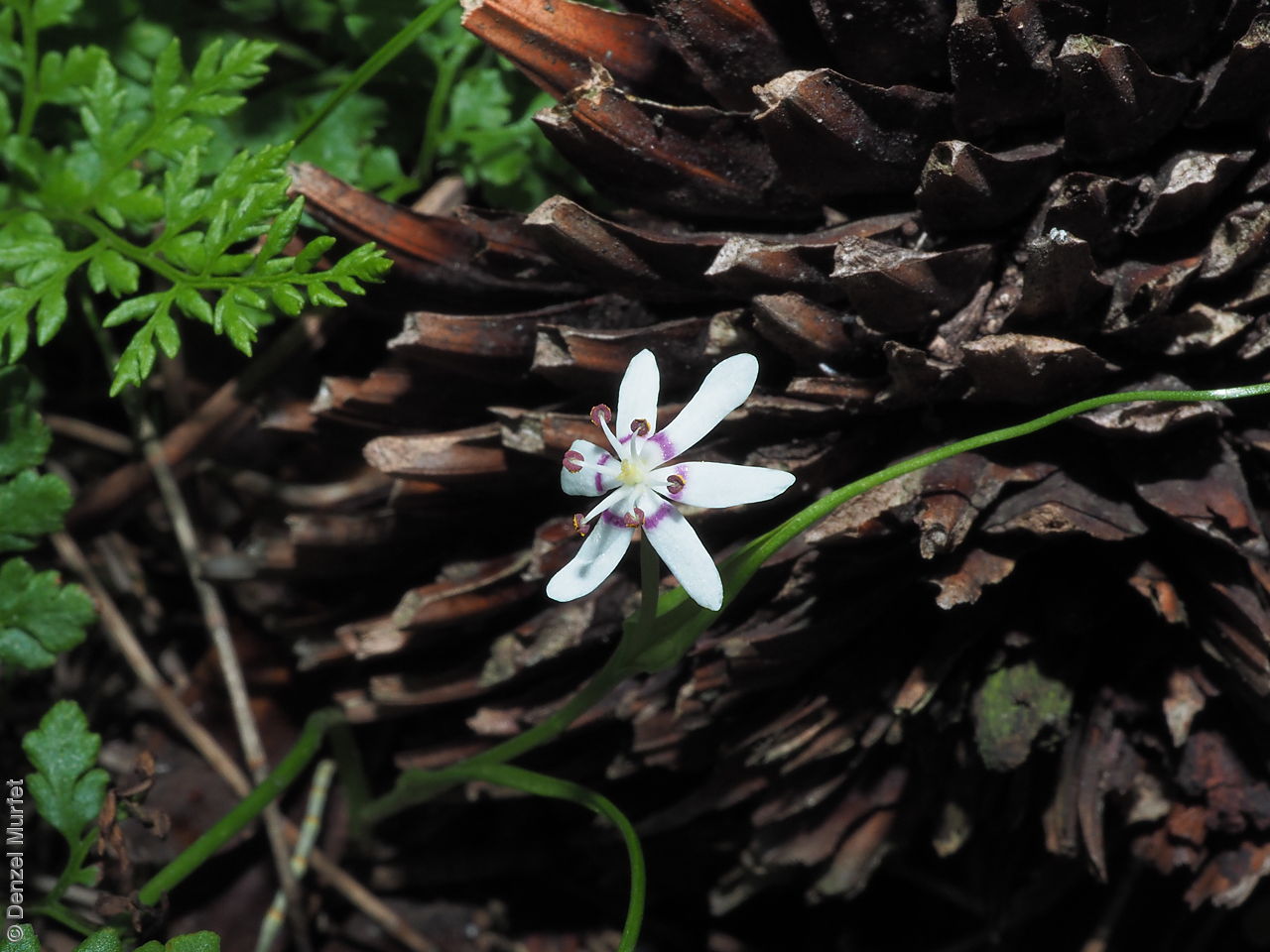
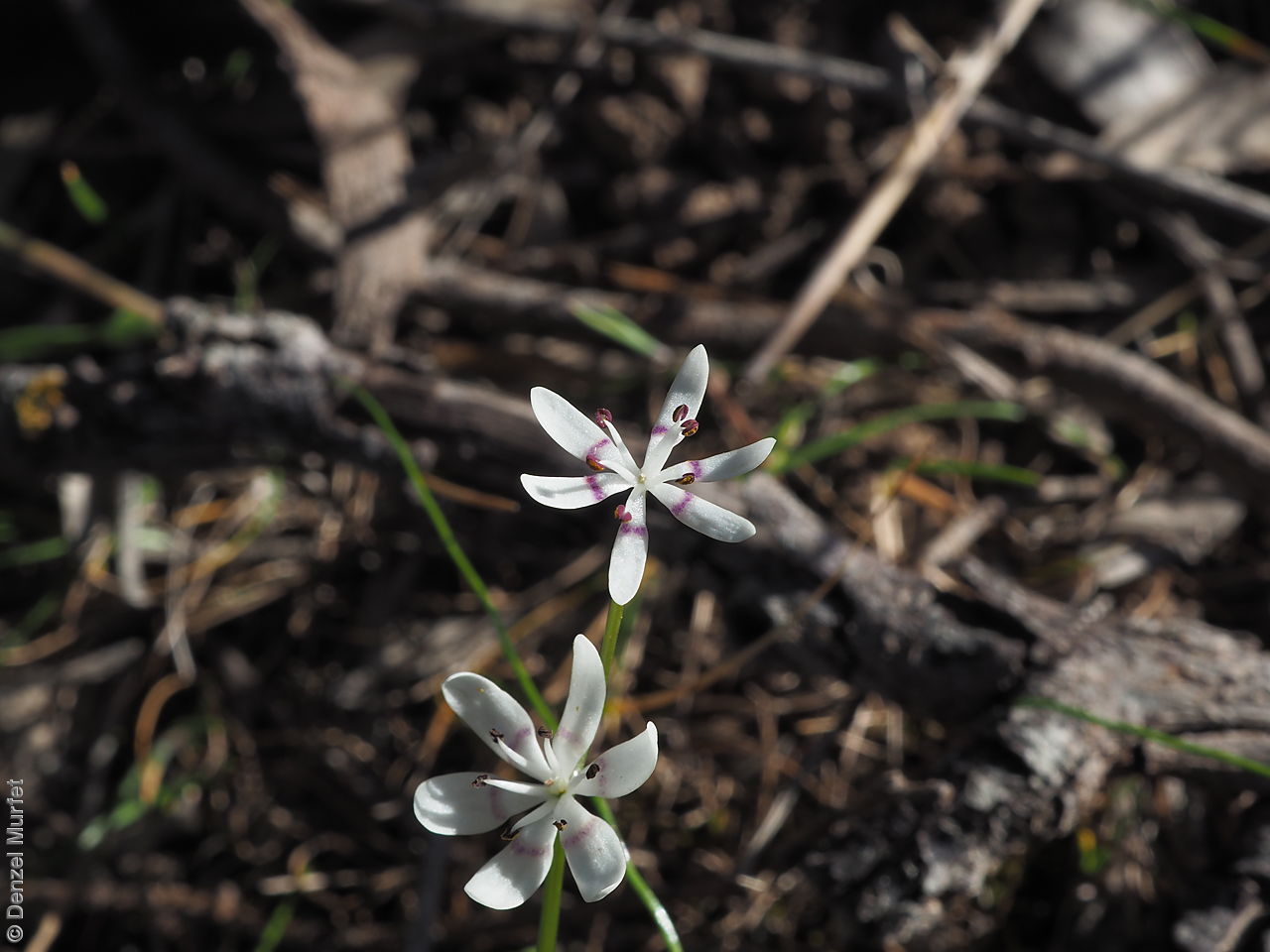
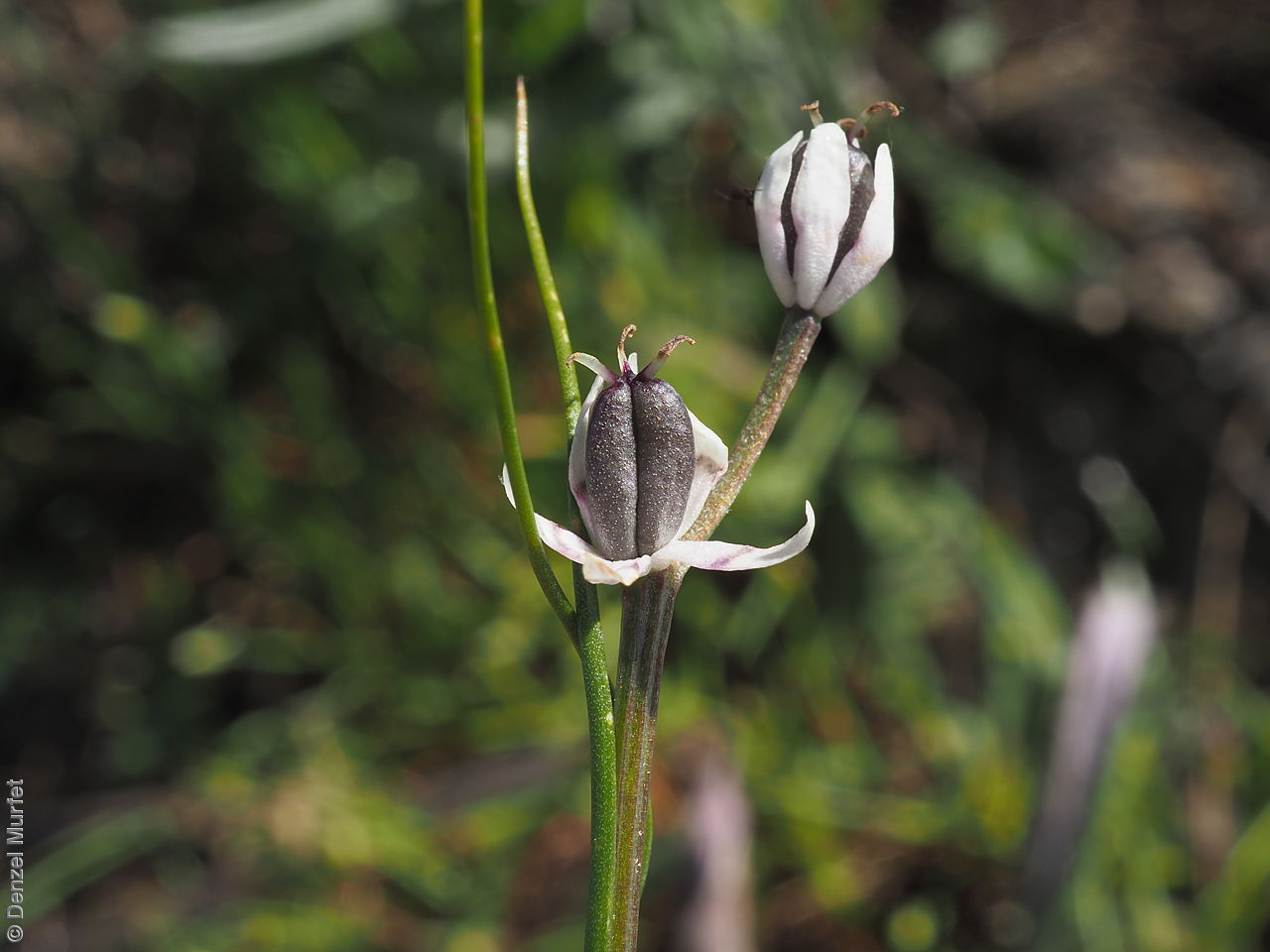
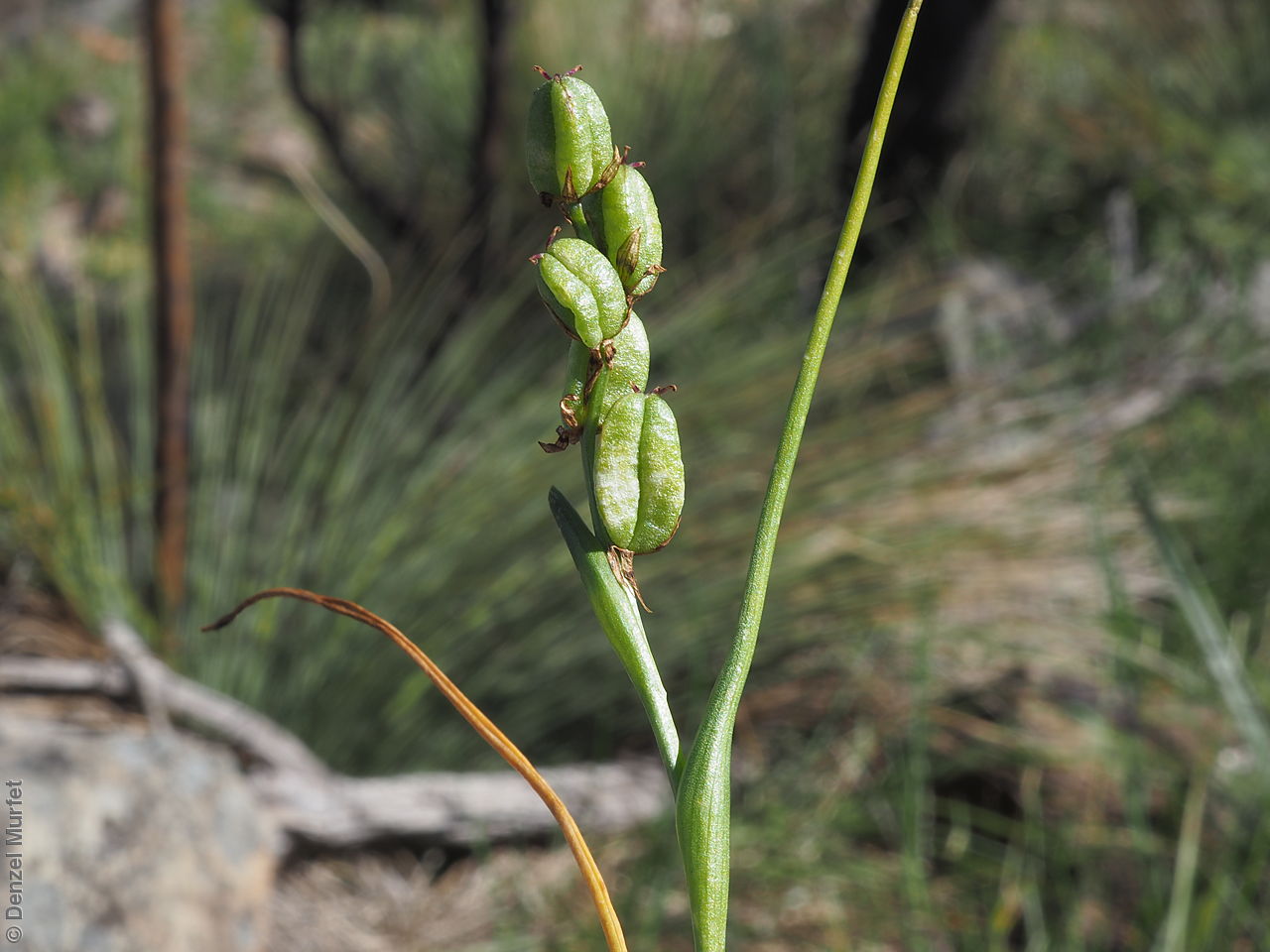
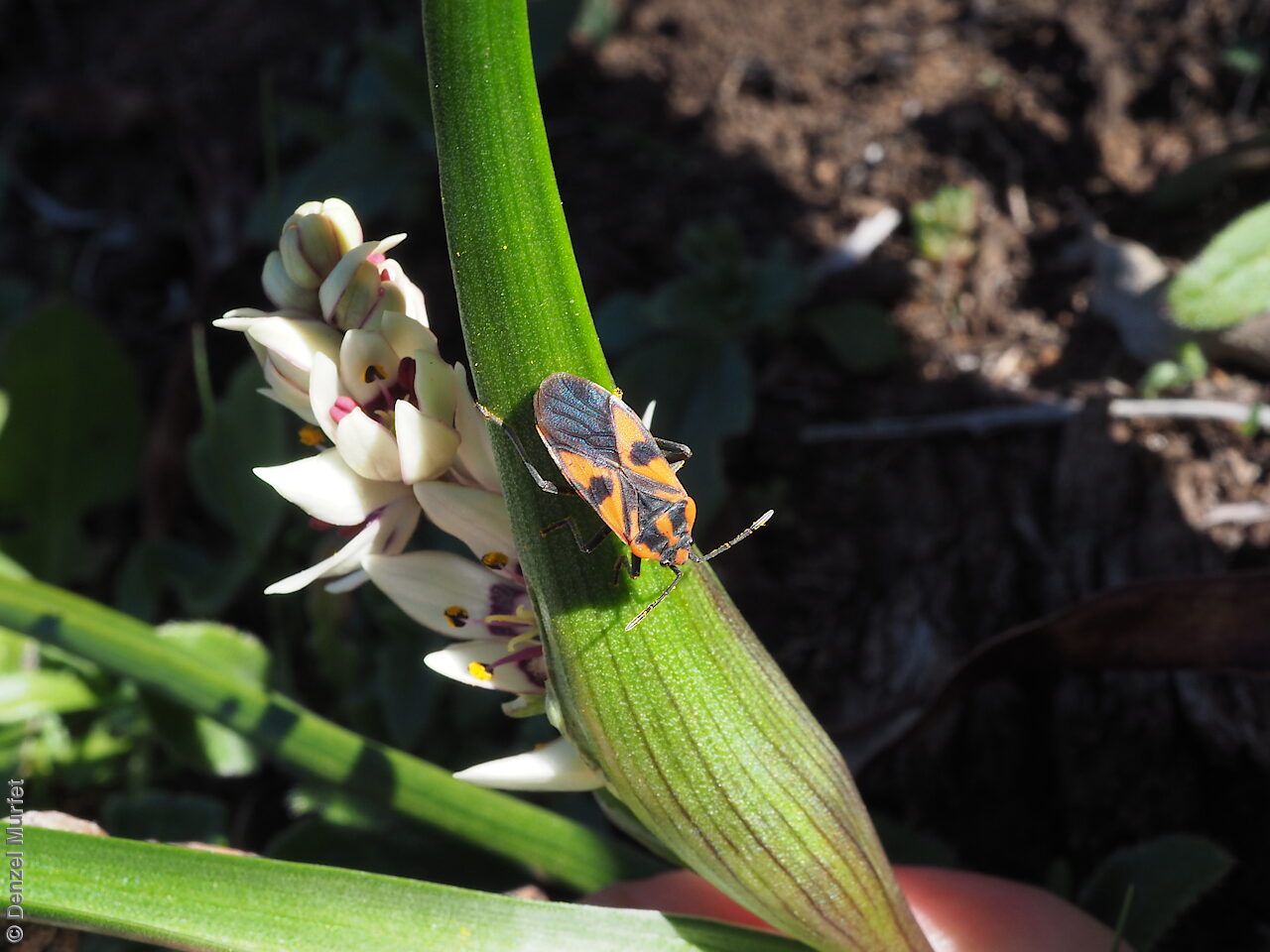

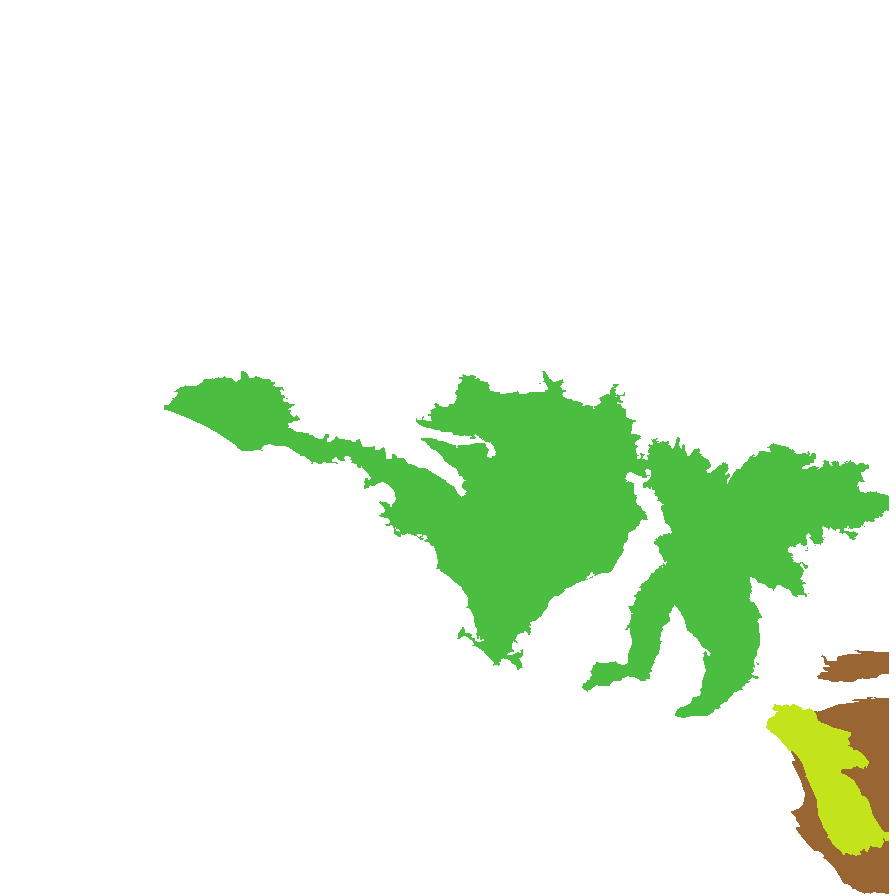
Common names
Early Star-lily
Early Nancy
Etymology
Wurmbea name after Friedrick Wilhelm von Wurmb, merchant and botanist in 18th century Batavia (Jakarta). Dioica from Latin meaning two houses; referring to the species having male and female flowers on separate plants.
Distribution and status
Found in the southern part of South Australia, growing in wide range of habitats in the higher rainfall areas and avoiding calcareous soils. Also found in Queensland, New South Wales, Victoria and Tasmania. Native. Common in South Australia. Common in the other states.
Herbarium regions: Nullarbor, Gairdner-Torrens, Flinders Ranges, Eastern, Eyre Peninsula, Northern Lofty, Murray, Yorke Peninsula, Southern Lofty, Kangaroo Island, South Eastern, Green Adelaide
NRM regions: Adelaide and Mount Lofty Ranges, Alinytjara Wilurara, Eyre Peninsula, Kangaroo Island, Northern and Yorke, South Australian Arid Lands, South Australian Murray-Darling Basin, South East
AVH map: SA distribution map (external link)
Plant description
Dioecious herb to 25 cm high. Leaves 3, narrow linear, well spaced, base expanded, uppermost leaf elongate, subulate or filiform at apex. Inflorescence spike with 2–7, bisexual or unisexual white flowers. Females sometimes larger, tepals elliptic, shortly fused basally, spreading, nectary band purple, anthers red to purple. This subspecies differ from the other two subspecies found in South Australia by the the uppermost leaf being lanceolate to subulate, with only the apex filiform and the flowers usually white with purple nectary bands and anthers. Flowering between July and September. Fruits are brown papery ovoid capsule with angular ribs, containing many seeds. Seeds are orange globular seed to 1.5 mm diameter. Seed embryo type is linear under-developed.
Seed collection and propagation
Collect seeds between September and December. Collect mature capsules, those turning pale straw colour and containing hard brown seeds. Place the capsules in a tray and leave to dry for two weeks. Then rub the capsules gently by hand to dislodge the seeds. Use a sieve to separate the unwanted material. Store the seeds with a desiccant such as dried silica beads or dry rice, in an air tight container in a cool and dry place. From one collection, the seed viability was high, at 95%.
| Location | No. of seeds (weight grams) | Number of plants | Date collected | Collection number Collection location | Date stored | % Viability | Storage temperature |
|---|---|---|---|---|---|---|---|
| BGA | 5,400 (3.36 g) | 50+ | 14-Nov-2007 | Cox Scrub Southern Lofty | 20-Jul-2009 | 95% | -18°C |
Number of plants: This is the number of plants from which the seeds were collected.
Collection location: The Herbarium of South Australia's region name.
% Viability: Percentage of filled healthy seeds determined by a cut test or x-ray.